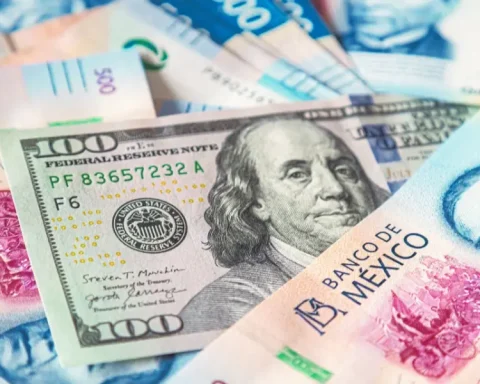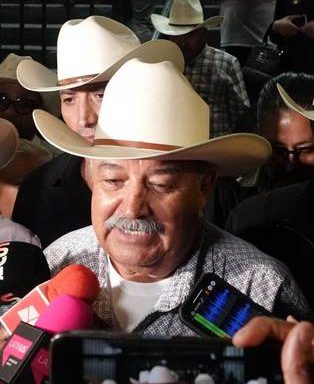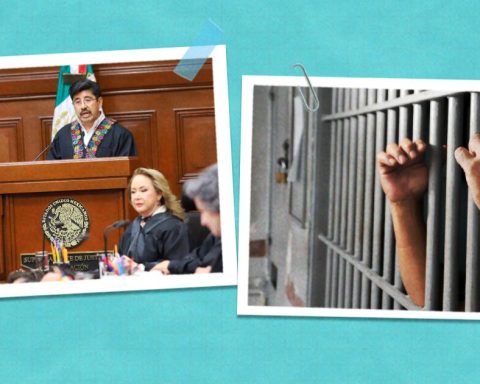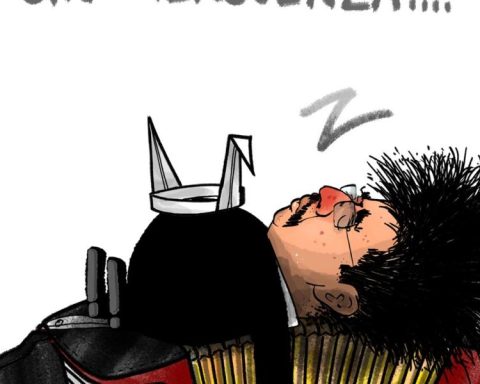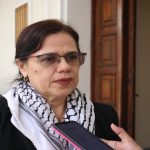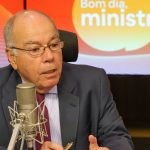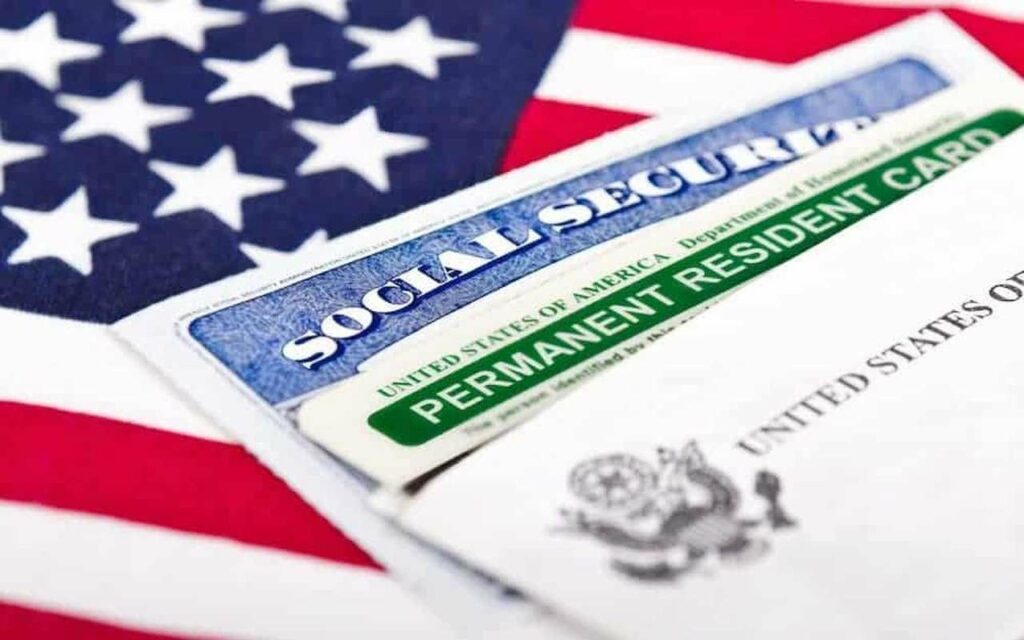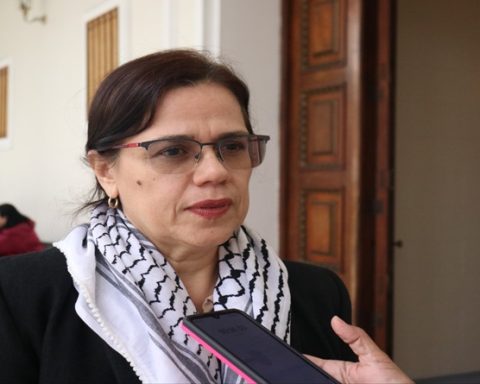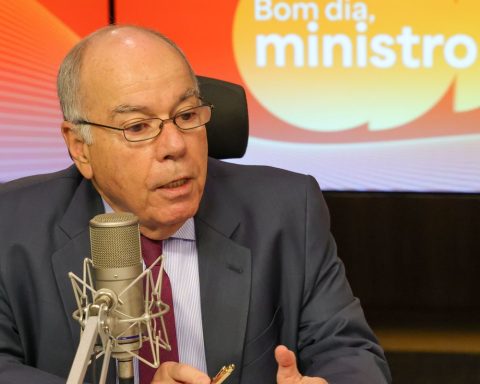C
hen the president of the US, Harry S. Truman decided to drop an atomic bomb on Hiroshima on August 6, 1945, he proposed to give the Japanese emperor 20 days to politically operate the surrender. At the end of the term, he would drop a second atomic bomb against Japan. It is not known with certainty why Truman precipitated the second bomb, but there are important clues. On August 8, José Stalin warned the American diplomat George Kennan that the USSR had declared war on Japan and its troops had begun the liberation of Manchuria (area of China occupied by Japan). Truman, worried about the involvement of the Red Army in the Asian continent and determined to impose US supremacy in the postwar period, precipitated the second atomic attack against Japan, scheduled for August 9 against the city of Kokura. Phillip Morrison, a physicist at the Massachusetts Institute of Technology, and a member of the Manhattan project, told a symposium of the US National Academy of Sciences that atomic scientists regretted not having filmed the detonation in Hiroshima, because they still had many uncertainties about the effects of the chain reaction, so they decided to film the next detonation. On August 9, 1945, at 3:47 a.m., the Bockskar plane, a B29 superfortress, took off from the Tinian base with a 22-kiloton Fat Man plutonium bomb (the one dropped on Hiroshima had been a 12-kiloton bomb). kilotons). When the plane flew over Kokura, the pilot, Fredrick L. Ashworth, asked if the visibility was sufficient to film the explosion, Phillip Morrison said that cloud cover prevented it. The aircraft headed for the second assigned target, Nagasaki. The bomb killed more than 100,000 civilians, precipitated the Japanese surrender, and signaled the start of nuclear proliferation. Stalin, shocked by the detonation of Hiroshima and alarmed by the explosion of Nagasaki, called a meeting on August 20, at which he tasked Laurent Beria and physicist Igor Vasili Kurchatov with building a Soviet atomic bomb. Thus began the proliferation of nuclear weapons whose peak, according to the Nuclear Notebook, was in the 1980s, when nine countries possessed some 65,000 warheads.
The Treaty on the Non-Proliferation of Nuclear Weapons (NPT) has been the most important instrument to reduce arsenals and their risks. On August 4, speaking at the tenth Review Conference of the NPT, which was in session until August 26, Antonio Guterres, Secretary General of the UN, declared that humanity is one misunderstanding or an accident away from self-destruction. . The conference takes place in a challenging context. The war in Ukraine between Russia and NATO has given rise to unprecedented and dangerous events. Vladimir Putin declared Russia’s nuclear arsenals on high alert and threatened to use those weapons against any country that supports Ukraine or attacks Russian territory. In Chernobyl, for the first time in history, fighting took place for control of a nuclear reactor. In recent days, according to the UN, the Russian military fired rockets from the Zaporizhia nuclear power plant. Horizontal nuclear proliferation (the increase in the number of nuclear-weapon states) is more likely than ever: cooperation between Russia and the United States is broken, which hinders: preventing the smuggling of fissile material, preventing nuclear terrorism and ensuring the safety of nuclear power generation plants. According to Francois Diaz-Maurin, NPT Review Conference: Will it rise to the proliferation challenges?
, The Bulletin of Atomic Scientists (8/22), the situation generates extraordinary challenges: North Korea suspended the self-imposed moratorium on nuclear tests and could be about to detonate one more. Iran turned off cameras monitoring its nuclear facilities, Saudi Arabia increased fuel enrichment at its nuclear plants to more than 20 percent, and Australia received enriched uranium for nuclear submarines as part of its military pact with the United States. Sweden could change its position on the deployment and possession of nuclear weapons after joining NATO. Vladimir Putin and Alexander Lukashenko discussed in June the possibility of placing medium-range nuclear weapons in Belarus. According to Joe Ciricione, “Are US Threat Assessments Outpacing the Military Threats America Actually Faces? The Bulletin of Atomic Scientists(8/2/22) on March 15, 2022, President Joe Biden sent a $780 billion military budget that includes, for example, anti-ballistic systems that render China’s strategy of minimal nuclear deterrence obsolete.
Technically and politically it is possible to dismantle nuclear arsenals, but it requires a solid global public opinion capable of opposing the companies of the military-industrial complex that have subjugated the political class of the United States and the other possessing countries. Argentina’s initiative to reinvigorate the areas free of nuclear weapons, of which Mexico was a pioneer by promoting the Treaty of Tlatelolco and the idea of creating a Nuclear Weapons Free Zone in Europe, is interesting. Mexico can play an important role if it reactivates its tradition in favor of nuclear disarmament in alliance with other countries.
* Doctor in history and full-time professor at the Faculty of Philosophy and Letters of the UNAM

